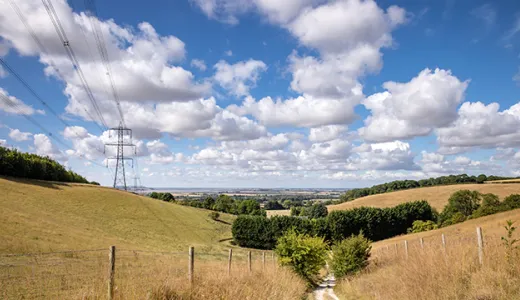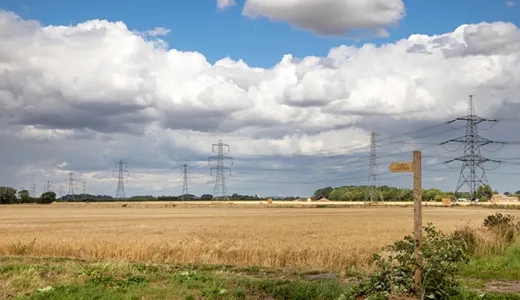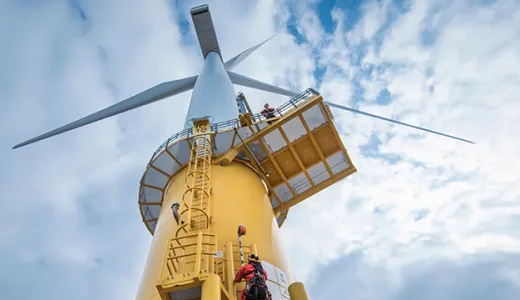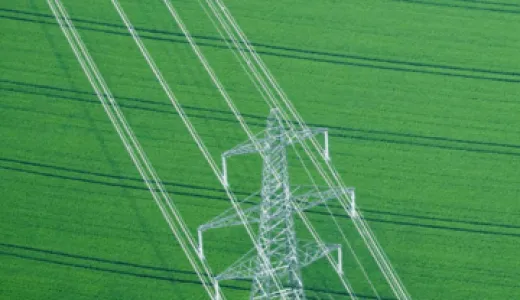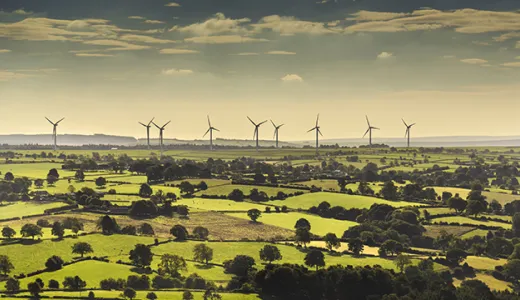Our Strategic Options Report explains in detail how we have considered a range of technical, environmental, socio-economic and cost factors in determining the most suitable strategic option to take forward.
Network requirements and technology options considered
We are bound by Government policy, legislation, regulation and industry rules which dictate the balance that we need to strike when developing proposals and ultimately will determine whether individual proposals should proceed. This applies to all grid upgrades across the country.
To meet our obligations, we need to increase the capability of the network to transport more electricity from the North to the Midlands, whilst ensuring that customers are also able to connect to the network in the Creyke Beck area;

Currently, the network across the entire country, has a capacity of 11.6 GW of electricity between the North and the Midlands - across what we call the the B8 boundary. As explained in ‘The need for network reinforcement in the region' section, work will be carried out in the next decade to derive more capability from the existing network. Those works only increase the B8 boundary transfer capability to around 14 GW. With as much as 29 GW of transfer capability required by 2033 across the whole of the B8 boundary, new lines are needed.
In the Creyke Beck area, the amount of electricity connected to the network from existing and proposed sources, is expected to reach just over 13 GW by the early 2030s. The electricity transmission network connecting the area today is only capable of transporting just under 7 GW out of the Creyke Beck area, whilst remaining compliant with the Security and Quality of Supply Standards (SQSS) that the network is operated to. There is therefore a shortfall of around 6 GW of additional network capability needed out of the Creyke Beck area and across the B8 boundary.
There are different ways to transmit electricity – by onshore overhead lines and pylons, by underground cables, or through offshore subsea cables under the seabed which connect to onshore overhead lines. In looking at how we might best meet the need to carry more power across the B8 boundary and out of the Creyke Beck area, we have considered different types of technology. Each has different features that affect how, when and where it may or may not be appropriate to be used:
- onshore 400,000 volt (400 kV) alternating current (AC) overhead lines and 400 kV AC underground cables;
- offshore, including high voltage direct current (HVDC) cables; and
- onshore HVDC cables.
As part of the strategic optioneering process, we have considered a range of factors, including:
- Technology options available for each strategic option, including the feasibility of how it could be delivered;
- Environmental and socio-economic constraints relevant to each option;
- Initial capital costs of each strategic options, along with lifetime costs (calculated over a 40-year period); and
- System benefits which each strategic option would provide.
- carry more power across the B8 boundary and out of the Creyke Beck area, we have considered different types of technology.
Each has different features that affect how, when and where it may or may not be appropriate to be used:
- onshore 400,000 volt (400 kV) alternating current (AC) overhead lines and 400 kV AC underground cables;
- offshore, including high voltage direct current (HVDC) cables; and
- onshore HVDC cables.
The geographic scope of each strategic option is also a significant factor. Shorter proposals are generally more efficient options. Shorter reinforcements are also usually associated with lower levels of environmental effects, lower capital and lifetime costs, and are, in general terms, more compliant with relevant policy guidance. As explained earlier, we have duties under the Electricity Act 1989, to develop proposals that are efficient, coordinated, and economical, and which have regard to people, places and the environment (the desirability of preserving amenity duty).
To facilitate the 6 GW increase in power flows across the B8 boundary and generation connections to Creyke Beck by 2031, five strategic options have been considered, including four onshore options and one subsea option.
Due to the number of proposed new generators and interconnectors connecting in the Creyke Beck area (11.4 GW contracted to connect at Creyke Beck and Salt End), all options must start from this location. A new double circuit electricity transmission reinforcement is required to maintain compliance with the SQSS.

Preferred strategic option
Of the five strategic options considered, a new 400 kV overhead electricity transmission line between a new substation near Creyke Beck and a new substation at High Marnham, approximately 90 km in length, is our emerging preference. It is this option that has therefore been taken forward for route corridor identification. This option is preferred because:
- Value to consumers – We are required to strike a balance and make efficient, coordinated and economical investments that also have regard to the desirability of preserving amenity. Investing cost effectively benefits consumers as we try to bring forward proposals that are as affordable as possible to bill payers. The capital cost estimate for the new transmission circuits, including the overhead line and two required substations, is the lowest overall and the lifetime cost is substantially lower than the subsea option and lower than two of the three other onshore connection options. The use of AC overhead line technology, as opposed to underground cables, gas insulated lines and a HVDC underground connection, would also be the most cost-effective solution.
- Environment and socio-economic – Each of the options appraised have their relative advantages and disadvantages. One of the key differentiators between options relates to overall route length which can impact the extent of environmental and socio-economic effects. Creyke Beck to High Marnham is the second shortest option.
- Distance and system benefits – While this option would be approximately 10 km longer than the alternative option to Cottam, routeing the circuit to a new substation at High Marnham, would support future reinforcements and allow system efficiencies, including the proposed circuit upgrade from Brinsworth to Chesterfield to High Marnham. In comparing between onshore and subsea options, we have also discounted the latter from an economic and technological perspective, with the subsea HVDC solution resulting in a total distance approximately 110 km greater than our preferred onshore option.
For more information about strategic options considered, please see our Strategic Options Report.
